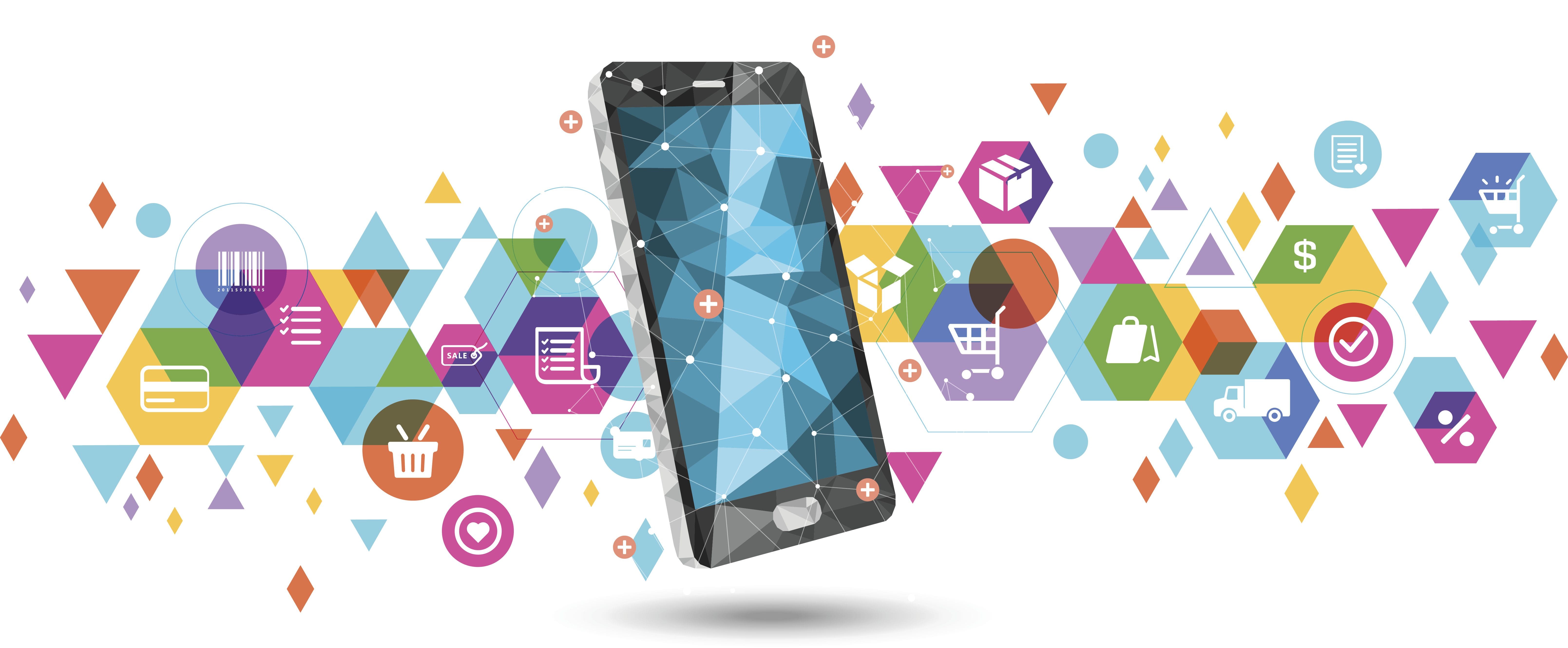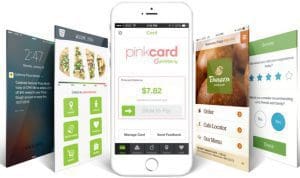2 min read
Build a Mobile App That Customers Want to Keep
Your guests are going through their phones right now and deleting apps they don’t use. Why would they keep yours?
Platform
What is Paytronix Guest Engagement Suite?
Combining online ordering, loyalty, omnichannel messaging, AI insights, and payments in one suite. Paytronix delivers relevant, personal experiences, at scale, that help improve your entire digital marketing funnel by creating amazing frictionless experiences.
A Complete Guest Engagement Suite
Online Ordering
Acquire new customers and capture valuable data with industry leading customization features.
Loyalty
Encourage more visits and higher spend with personalized promotions based on individual activity and preferences.
Catering
Grow your revenue, streamline operations, and expand your audience with a suite of catering tools.
CRM
Build great customer relationships with relevant personal omnichannel campaigns delivered at scale.
Artificial Intelligence
Leverage the most data from the most customer transactions to power 1:1 marketing campaigns and drive revenue.
Payments
Drive brand engagement by providing fast, frictionless guest payments.
Solutions
Paytronix Guest Engagement Solutions
We use data, customer experience expertise, and technology to solve everyday restaurant and convenience store challenges.
FlightPaths are structured Paytronix software onboarding journeys designed to simplify implementation and deliver maximum ROI.
Customer Success Plans (CSPs) are tiered service offerings designed to help you get the most from your Paytronix software, whether you prefer self-guided support or hands-on partnership.
Contactless Experiences
Accommodate your guests' changing preferences by providing safe, efficient service whether dining-in or taking out.
Customer Insights
Collect guest data and analyze behaviors to develop powerful targeted campaigns that produce amazing results.
Marketing Automation
Create and test campaigns across channels and segments to drive loyalty, incremental visits, and additional revenue.
Mobile Experiences
Provide convenient access to your brand, menus and loyalty program to drive retention with a branded or custom app.
Subscriptions
Create a frictionless, fun way to reward your most loyal customers for frequent visits and purchases while normalizing revenues.
Employee Dining
Attract and retain your employees with dollar value or percentage-based incentives and tiered benefits.
Order Experience Builder
Create powerful interactive, and appealing online menus that attract and acquire new customers simply and easily.
Loyalty Programs
High-impact customizable programs that increase spend, visit, and engagement with your brand.
Online Ordering
Maximize first-party digital sales with an exceptional guest experience.
Integrations
Launch your programs with more than 450 existing integrations.
Loyalty Programs
Deliver the same care you do in person with all your digital engagements.
Online Ordering
Drive more first-party orders and make it easy for your crew.
Loyalty Programs
Digital transformations start here - get to know your guests.
Online Ordering
Add a whole new sales channel to grow your business - digital ordering is in your future.
Integrations
We work with your environment - check it out
Tobacco Reporting
Comply with AGDC 2026 DTP Requirements
Company
We are here to help clients build their businesses by delivering amazing experiences for their guests.
Meet The Team
Our exceptional customer engagement innovations are delivered by a team of extraordinary people.
News/Press
A collection of press and media about our innovations, customers, and people.
Events
A schedule of upcoming tradeshows, conferences, and events that we will participate in.
Careers
Support
Paytronix Login
Order & Delivery Login
Resources
Paytronix Resources
Learn how to create great customer experiences with our free eBooks, webinars, articles, case studies, and customer interviews.
FlexPoint Service Catalog
Access FlexPoints are a cost-effective, flexible way to access our value-added services, to ensure you get greater impact from your Access software solution.
See Our Product In Action
E-Books
Learn more about topics important to the restaurant and c-store customer experience.
Reports
See how your brand stacks up against industry benchmarks, analysis, and research.
Blog
Catch up with our team of in-house experts for quick articles to help your business.
Case Studies
Learn how brands have used the Paytronix platform to increase revenue and engage with guests.
Unlock loyalty strategies that 3 out of 4 restaurants use to boost engagement by 40% without adding staff.
2 min read
Mar 27, 2017

I recently sat down with my fellow product manager, Joel Udwin, to talk about where our worlds collide: integrating mobile at the point of sale. We like to think that a mobile strategy is placed in the pocket of the consumer, but it doesn’t stay there – mobile engagement must integrate with in-store operations to be successful. Joel, who manages our mobile products, explains why:
Q: Why is a POS integration important when it comes to mobile engagement?
A: Wow, Paige. I thought that since we worked together, you would give me easy questions, but you just knocked it out of the park. [Chuckles] I don’t like bucketing mobile into this separate silo of mobile engagement. When we talk about mobile engagement, we are really just talking about guest engagement. At restaurants and convenience stores, a large portion of customer engagement occurs at the point of sale, where most transactions take place today. Implementing an engagement strategy without considering your point of sale is like driving a small car on an icy road – you’ll move around, but you won’t necessarily be able to control where you are going. Basically, if your engagement program doesn’t translate at the POS, your employees will be too frustrated by it to evangelize it, and your guests won’t want to use it. Successful mobile engagement programs need to work in harmony with point-of-sale technology and operations.
Q: How can mobile speed up service?
A: In a QSR environment, mobile can speed up service by allowing guests to check in and scan their identifying code at the POS. This allows staff to seamlessly associate customers with their check, apply any rewards, and process any applicable payment – with only one scan. Now that is a frictionless guest experience! In an FSR environment, utilizing mobile/online ordering or “pay at the table” enables locations to increase revenue per square foot by decreasing table turnover time and increasing the amount of orders that don’t require a table at all.
Q: You mentioned mobile ordering. In today’s restaurant space, we’ve seen market leaders encountering problems with this. They receive so many mobile orders during their normal rush hour that the whole operation is slowed down. How do you predict that these leading brands will address this issue? Do you have any tips for our readers who may be facing this problem today?
A: That’s a great question. Before we can answer it, I think we need to talk about why mobile ordering is so popular with consumers. We know that it’s popular among restaurants and convenience stores because it can increase lifetime of guests, offering opportunities to sell to them outside the four walls. Consumers themselves are interested in mobile ordering because it represents the digitization of the hospitality experience. For example, since my desk is next to yours, I know that sometimes you are on Amazon and you click “order.” Then, the next day, something arrives at your desk and you are super excited. Customers have a similar experience with mobile ordering. They now expect that “Amazon effect” with their food order – even more so because it’s food. They expect it to be available as soon as they walk on the premises.
I have seen that a lot of different players in the market have been choosing to implement a throttling approach, where they limit the amount of online orders per hour and put customers into different batches according to when their food will be ready. Ultimately, I think guests will expect their food to be ready when they arrive, not based on a time convenient to the location. The solution to this major customer problem will only come about through the deep integration of mobile user data, point-of-sale information, and labor/inventory management.
Implementing a mobile engagement strategy is a huge endeavor. While the mobile customer experience is paramount, the lifeblood of your program is its integration with the POS. Adoption rates will plummet if employees aren’t motivated to drive guest engagement due to software downtime or confusing screen flows. Enacting a solution that performs well at and with the POS will please your customers, employees, and corporate stakeholders.

2 min read
Your guests are going through their phones right now and deleting apps they don’t use. Why would they keep yours?

4 min read
An Interview with Content Marketing Professor Neil Feinstein Content marketing professor and consultant Neil Feinstein has helped brands like...

3 min read
Last week, California Pizza Kitchen (CPK) introduced version 2.0 of its Pizza Dough® Rewards mobile app, a new mobile app built in concert with...